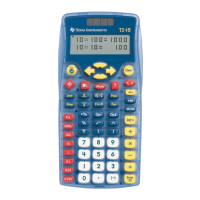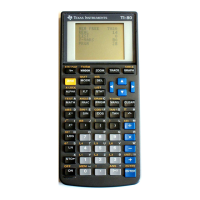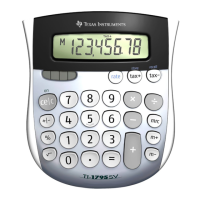If you write programs that manipulate symbolic expressions, you need to consider the domain of the
variables. For example, for x < 0,
and
x
1
2
3
=−
(
−x
)
3
2
$
i
x
3
1
2
=−x
3
$
i
If x = -1, then the first expression gives -i, and the second is i. Both expressions do not simplify to
x^(3/2), because the identity (x^a)^b = x^(a*b) is not true for non-integer exponents a and b.
You also need to consider the CAS' behavior for x^n when x = 0. For example:
0^n | n>0 = 0
0^n | n=0 = 1, with the warning 0^0 replaced by 1
0^n | n<0 = 0^undef
(Credit to Carlos Becker for straightening me out on this)
[2.11] Force getnum() and getdenom() to return correct results with part()
The part() function is used to return the parts of an expression. In some cases it does not return the
expected results. For example:
getnum(a/b)
return a as expected, and
getdenom(a/b)
returns b, as expected, and
part(tan
-1
(a/b),1)
returns a/b, again, as expected. But
getnum(part(tan
-1
(a/b),1))
returns a/b, and
getdenom(part(tan
-1
(a/b),1))
returns 1.
While it can be argued that this is mathematically correct, it is hardly useful. To force getnum() and
getdenom() to return the expected results, save the result of part() in a variable, the use the functions
on that variable.
part(tan(a/b),1)→temp
Then
getnum(temp)
2 - 6

